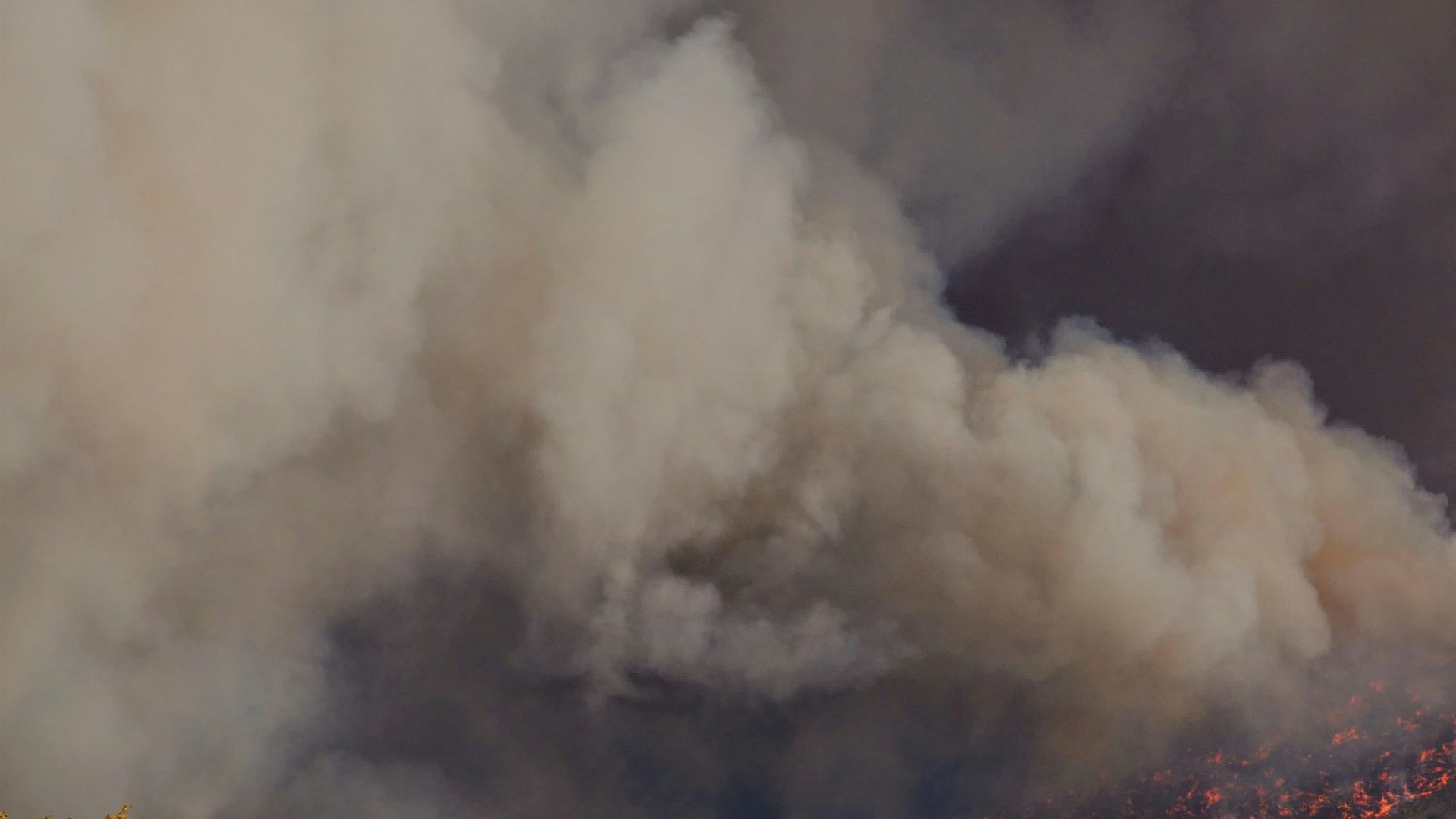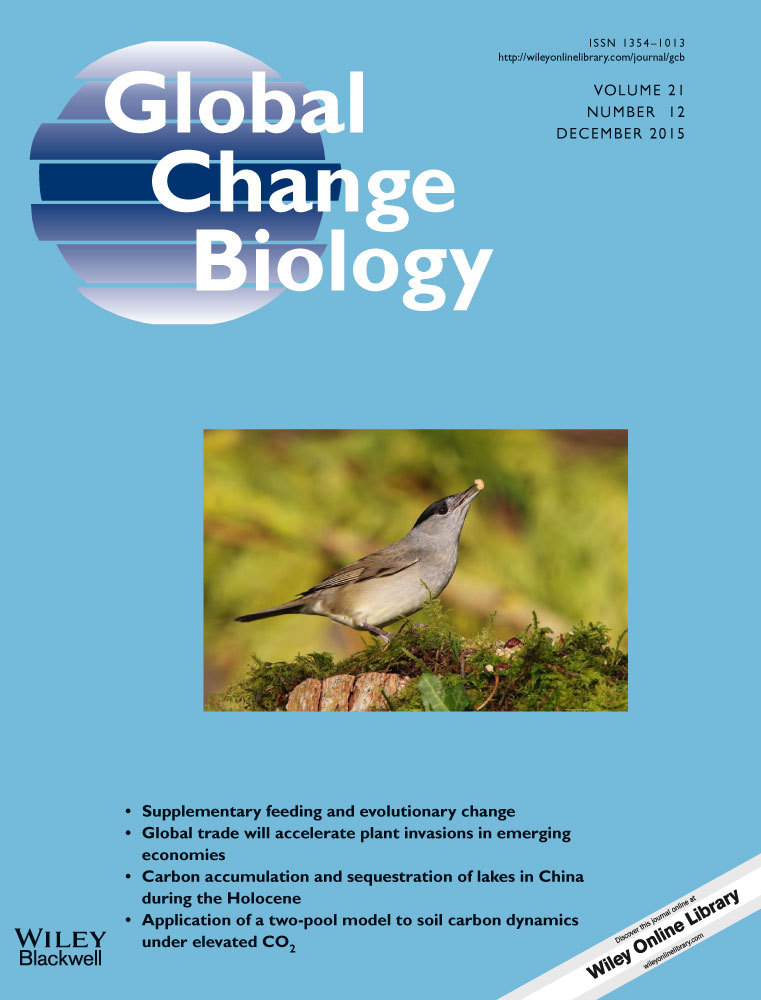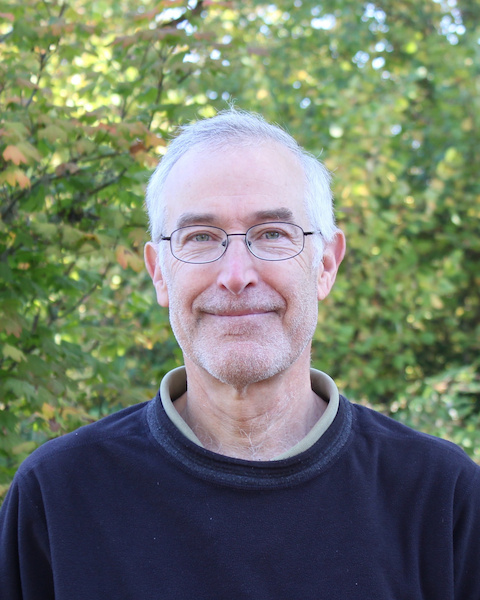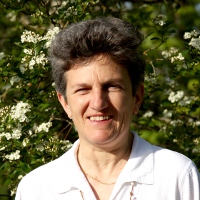The dynamic global vegetation model (DGVM) MC2 was run over the conterminous US at 30arc sec (~800m) to simulate the impacts of nine climate futures generated by 3GCMs (CSIRO, MIROC and CGCM3) using 3 emission scenarios (A2, A1B, B1) in the context of the LandCarbon national carbon sequestration assessment. It first simulated potential vegetation dynamics from coast to coast assuming no human impacts and naturally occurring wildfires. A moderate effect of increased atmospheric CO2 on water use efficiency and growth enhanced carbon sequestration but did not greatly influence woody encroachment. The wildfires maintained prairie-forest ecotones in the Great Plains. With simulated fire suppression, the number and impacts of wildfires was reduced since only catastrophic fires were allowed to escape. This greatly increased the expansion of forests and woodlands across the western US and some of the ecotones disappeared. However, when fires did occur their impacts (both extent and biomass consumed) were very large. We also evaluated the relative influence of human land use including forest and crop harvest by running the DGVM with land use (and fire suppression) and simple land management rules. From 2041 through 2060, carbon stocks (live biomass, soil and dead biomass) of US terrestrial ecosystems varied between 155 and 162 Pg C across the three emission scenarios when potential natural vegetation was simulated. With land use, periodic harvest of croplands and timberlands as well as the prevention of woody expansion across the West reduced carbon stocks to a range of 122-126 Pg C while effective fire suppression reduced fire emissions by about 50%. Despite the simplicity of our approach, the differences between the size of the carbon stocks confirm other reports of the importance of land use on the carbon cycle over climate change.
Projected carbon stocks in the conterminous US with land use and variable fire regimes




